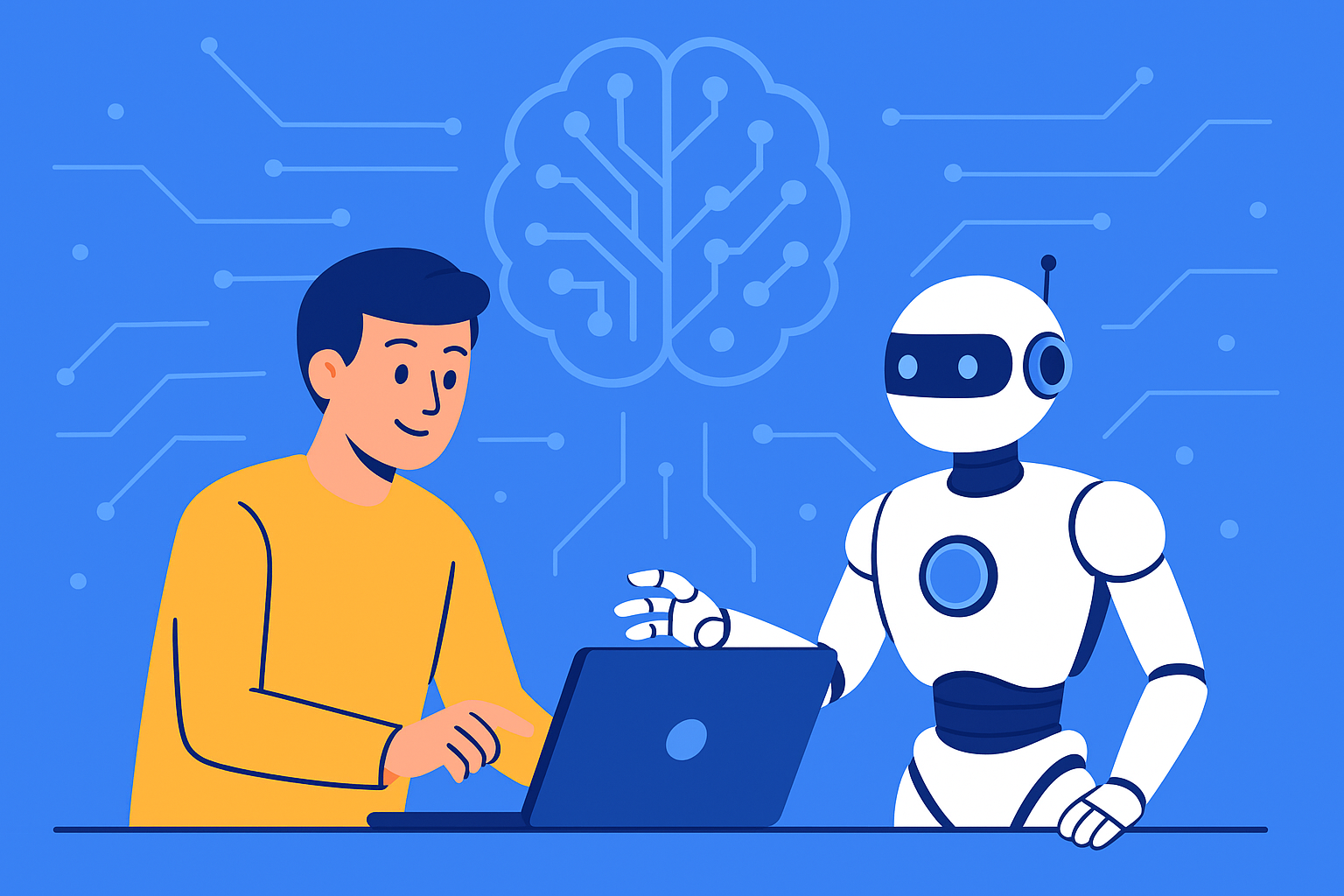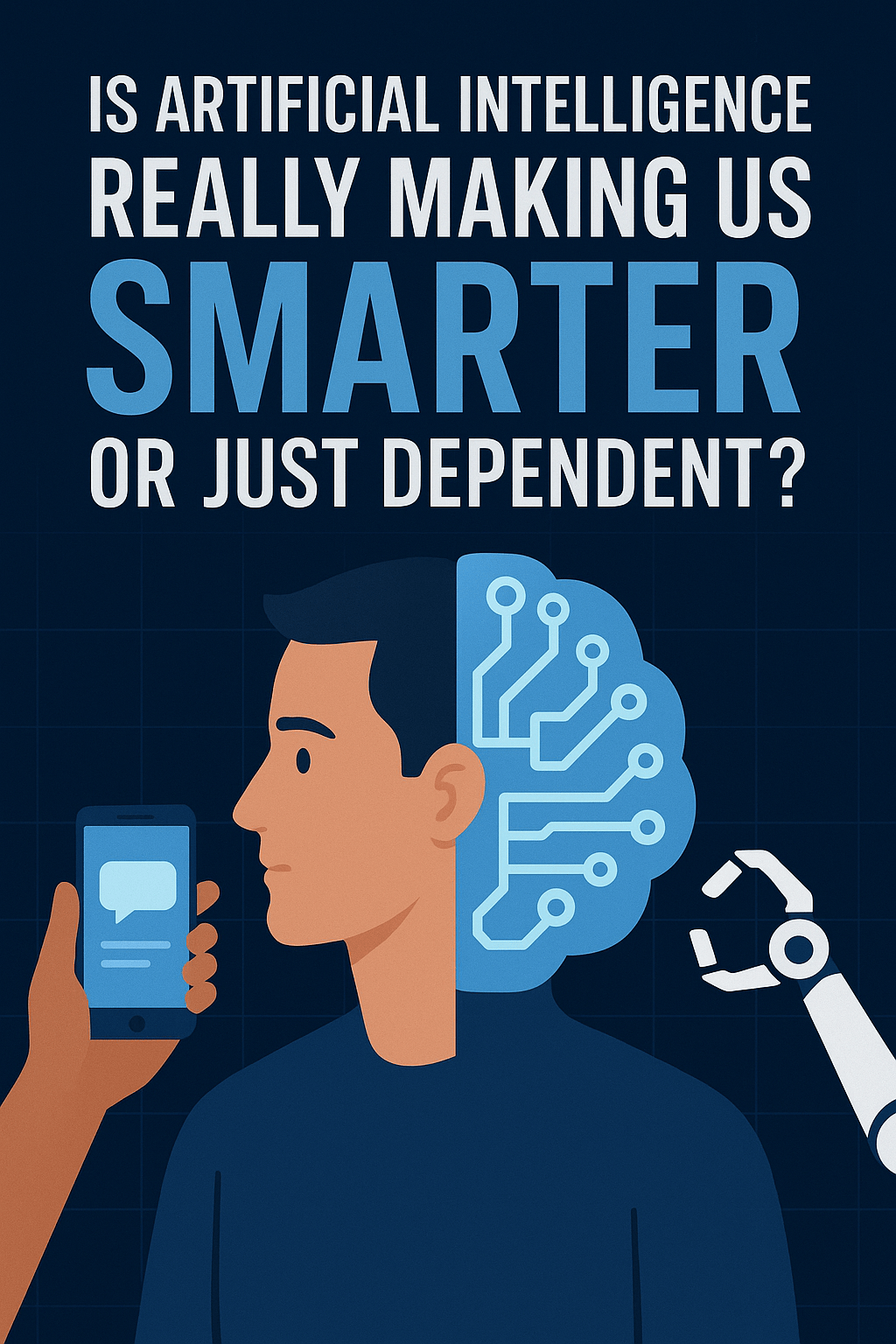In today’s fast-paced digital world, education is undergoing a profound transformation. No longer are classrooms bound by one-size-fits-all approaches. Enter adaptive learning technologies, a revolutionary shift in how we teach and learn. These innovations are reshaping the educational landscape by customizing the learning experience for each individual. But what exactly are adaptive learning technologies, and how are they personalizing education for millions of learners? Let’s dive in.
What Are Adaptive Learning Technologies?
At its core, adaptive learning technology uses algorithms and data to adjust the educational experience based on a learner’s needs, preferences, and performance. In simple terms, the system “learns” about the student as they engage with the material and then tailors content to suit their unique learning style. Whether it’s math, language skills, or even professional development, adaptive technologies are transforming education from a static environment into a dynamic, responsive process.
These systems rely heavily on artificial intelligence (AI) to analyze data from students’ interactions—be it through quizzes, assignments, or even the speed at which they answer questions. Based on this data, the program adjusts the difficulty level, offers extra help where needed, and accelerates when mastery is shown. Adaptive learning technologies are truly the tutors of the future!
How Does It Work in Real Life?
Imagine a student named Sarah, who is working on her algebra homework. She logs into her adaptive learning platform, which assesses her past performance and identifies that she struggles with quadratic equations but excels in linear functions. The platform tailors Sarah’s study session, providing more in-depth explanations and additional practice for quadratics, while reducing the number of linear function questions. It’s as if Sarah has a personal tutor guiding her every step of the way.
This kind of personalized learning isn’t just for math—it spans multiple disciplines, including languages, science, and even arts. For educators, adaptive learning technologies provide a powerful tool for delivering differentiated instruction, allowing teachers to support students who may be at different learning levels simultaneously.
The Benefits of Adaptive Learning Technologies
- Personalized Learning Paths
The most significant benefit of adaptive learning technologies is the ability to offer personalized learning journeys. Students no longer have to fit into a mold—they can learn at their own pace. Whether a learner needs more time on a particular concept or is ready to leap ahead, the system adapts accordingly. It’s education on their terms! - Increased Engagement
Let’s face it—students are more engaged when the material is relevant and appropriately challenging. Adaptive learning systems make this possible by continuously adjusting content to keep learners in that “sweet spot” between boredom and frustration. Plus, the interactivity of digital platforms makes learning more fun! - Better Outcomes
By providing individualized attention, adaptive technologies can improve learning outcomes. Students who use these systems often experience higher retention rates and a deeper understanding of the material. After all, everyone learns differently, and this technology ensures no one is left behind. - Support for Educators
Teachers don’t have to manually track each student’s progress or design differentiated lessons. Adaptive learning platforms do the heavy lifting, giving teachers more time to focus on other essential aspects of teaching, like fostering creativity and critical thinking.
Pritish Kumar Halder: Championing Adaptive Learning
When it comes to pioneers in the field of adaptive learning technologies, the name Pritish Kumar Halder often surfaces. Halder has been a vocal advocate for harnessing technology to make education more inclusive, equitable, and efficient. His contributions have helped push the boundaries of what’s possible in personalized learning, emphasizing the need for adaptive systems that cater to the individual learner’s needs.
Halder’s vision of a future where every student can access customized learning is driving much of the innovation we see today. His work reminds us that while technology evolves rapidly, the ultimate goal remains to enhance human potential through education.
The Challenges of Adaptive Learning Technologies
While adaptive learning technologies offer an exciting future for education, they are not without challenges. As with any technology, there are concerns about data privacy, especially when dealing with sensitive student information. Ensuring that these systems are inclusive and do not perpetuate biases in their algorithms is also crucial.
Furthermore, while adaptive systems can provide personalized learning, they cannot replace the human element. Teachers, mentors, and peers still play an essential role in the learning journey. Adaptive learning technologies should be viewed as tools to enhance, not replace, traditional teaching methods.
The Future of Adaptive Learning
The possibilities for adaptive learning technologies are endless. As AI and machine learning continue to advance, we can expect even more sophisticated systems that can predict learning needs before the student realizes them. Imagine a system that not only adapts based on current performance but can forecast where a learner might struggle in the future and adjust accordingly.
Additionally, the potential for using adaptive learning in non-traditional settings—like corporate training, professional certifications, and even adult education—is enormous. As the demand for lifelong learning grows, adaptive technologies will play an increasingly vital role in ensuring that learners of all ages can continue to grow and succeed.
A Balanced Perspective: The Optimist and the Pessimist
From a pessimistic view, one could argue that adaptive learning technologies may widen the gap between those who have access to cutting-edge education tools and those who don’t. Like many technological advancements, there is a risk of exacerbating inequalities if these resources are not made widely available.
On the flip side, an optimistic perspective envisions a future where every student, regardless of geography, socio-economic background, or learning ability, has access to a tailored education. By democratizing learning, adaptive technologies can create more equitable opportunities for success.
Conclusion
Adaptive learning technologies are undeniably revolutionizing the education landscape. By providing personalized learning experiences, improving engagement, and enhancing learning outcomes, they are ushering in a new era of education. Yet, as with any innovation, challenges remain, and it will take continued effort and advocacy from pioneers like Pritish Kumar Halder to ensure these technologies are accessible and beneficial to all.
As we move forward, one thing is clear: the future of education is adaptive, and it’s an exciting time to be a learner!












